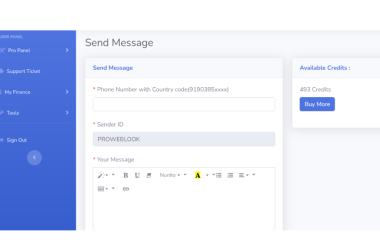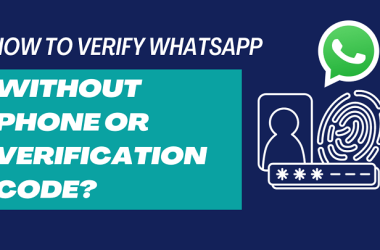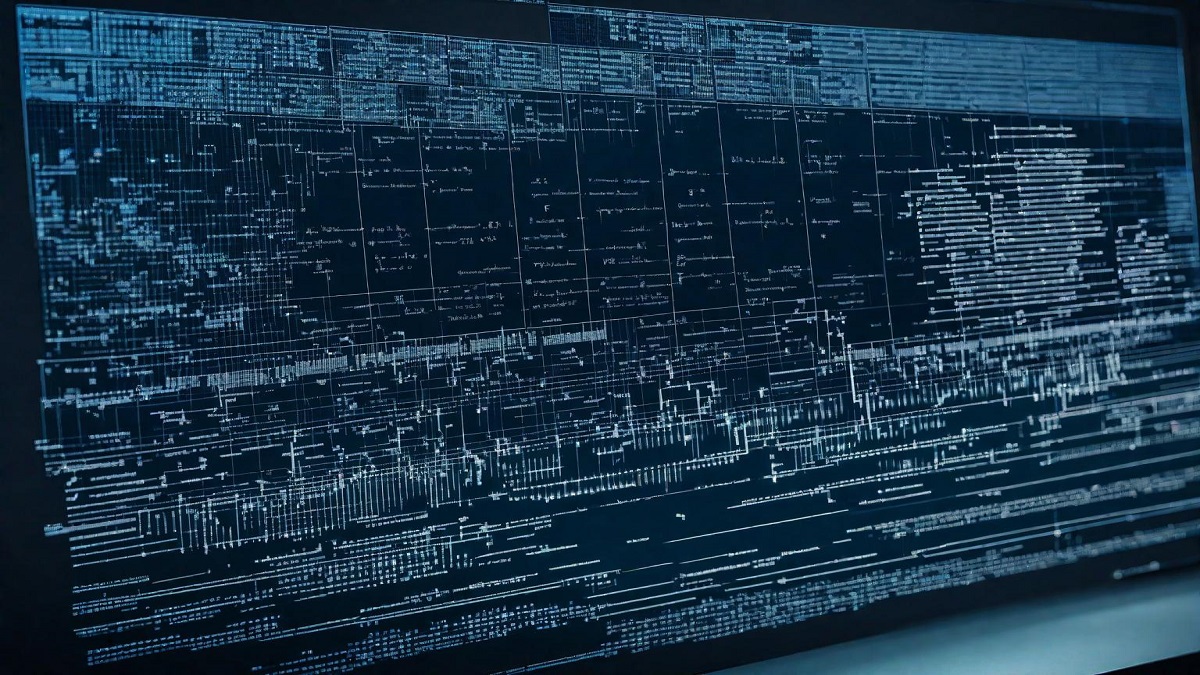Introduction.
ASCII Converters: In the realm of modern digital communication, where bytes of data traverse the vast expanse of the internet, lies a foundational yet often overlooked tool: ASCII converters. These unassuming pieces of software play a crucial role in facilitating communication across diverse digital platforms, yet their evolution and utility remain relatively unexplored. This article aims to delve into the journey of ASCII converters, from their humble beginnings to their indispensable status in contemporary communication infrastructure.
Origins of ASCII Encoding
The story of ASCII (American Standard Code for Information Interchange) begins in the early days of computing when the need arose for a standardized method of encoding characters into binary form for digital communication. In 1963, the American Standards Association (now known as the American National Standards Institute) initiated the development of ASCII, aiming to establish a uniform encoding scheme that would enable interoperability across various computer systems.
ASCII initially comprised 128 characters, including letters, numerals, punctuation marks, and control characters, each represented by a 7-bit binary code. This encoding scheme laid the groundwork for efficient data exchange between computers, forming the backbone of digital communication for decades to come.
Evolution of ASCII Converters
As computing technology advanced and digital communication proliferated, the need for ASCII converters emerged. ASCII converters, also called encoders and decoders, translate human-readable text into ASCII code and vice versa, serving a critical function.
Early ASCII converters were simple programs integrated into text editors and communication software. Users could input text, and the converter would output the corresponding ASCII representation, enabling compatibility with ASCII-based systems and protocols.
As the internet expanded, ASCII converters adapted to diverse platforms and communication channels, accommodating the growth of digital communication. Online ASCII conversion tools emerged, allowing users to convert text on-the-fly through web browsers, email clients, and messaging applications. ASCII converters play a crucial role in bridging the gap between ASCII-encoded content and diverse digital communication mediums.
Utility in Modern Digital Communication
The utility of ASCII converters in modern digital communication extends far beyond mere compatibility. ASCII converters facilitate seamless integration of text across systems, transcending language barriers for interoperability in a connected world.
ASCII converters ensure proper display of special characters in web development and maintain structured email communication for readability across platforms.
All ASCII converters facilitate data exchange in protocols like FTP and terminal emulators, ensuring compatibility with ASCII-based systems..
Beyond their technical utility, ASCII converters hold cultural significance in the digital landscape. ASCII converters connect to computing’s past, recalling digital communication’s origins and the lasting impact of ASCII encoding.
Challenges and Future Directions
Despite their widespread adoption and utility, ASCII converters are not without challenges. Unicode’s growth poses a potential threat to ASCII converters’ relevance in a diverse and multilingual digital landscape.
However, rather than rendering ASCII converters obsolete, the advent of Unicode presents an opportunity for innovation. Modern ASCII converters can adapt to support seamless conversion between ASCII and Unicode, facilitating compatibility with evolving digital communication standards.
Advancements in AI and NLP may lead to sophisticated ASCII converters adept at context-aware conversion, adapting to evolving standards.
Conclusion.
In conclusion, ASCII converters represent a cornerstone of modern digital communication, embodying the principles of interoperability, compatibility, and adaptability that underpin the internet’s infrastructure. From their humble origins in the early days of computing to their indispensable role in contemporary communication, ASCII converters have undergone a remarkable evolution, shaping the way we exchange information in the digital age.
As we continue to navigate the ever-changing landscape of digital communication, the legacy of ASCII encoding and the utility of ASCII converters serve as a reminder of the enduring power of simplicity and standardization in an increasingly complex and interconnected world.
Kindly check our website Proweblook for more Web API tools. More resources can be found on our Github page, Social Channels are Twitter, Facebook & Youtube.








